The outdoors is a beautiful place, wild and open for all to explore. We go there to seek adventure and get our blood pumping, or just to relax and breathe in the fresh air. Whether you’re chasing the thrill of conquering new trails or simply enjoying the serenity of nature, the outdoors always has something great to offer us. In 2025, hiking has become ever more popular with the rise of travel movements such as ecotourism. Now is definitely the time to jump on the nature hype train! However, don’t forget the following hiking tips while gallivanting across our beautiful Earth.
Also read: The World’s Top Hiking Destinations, Revealed
1. Familiarise yourself with the wildlife demographic of the area

Image credit: Yunner via Wikimedia Commons
Wild animals are exactly that – wild. Do not try and interact with them, and always steer clear! Bears are especially dangerous, so always carry bear spray on you and try and hike in bigger groups. Even animals that seem non-threatening and slow will have surprising agility, like big bumbling bisons. Never underestimate the power of natural selection and nature. More people have been hurt by bisons than bears. Baby animals always look adorable, but remember that their mothers are probably somewhere in the vicinity and will be protective of their young. Always keep a distance and know that you are now in their territory, and out there it’s a dog eat dog world.
2. Train with a heavy pack
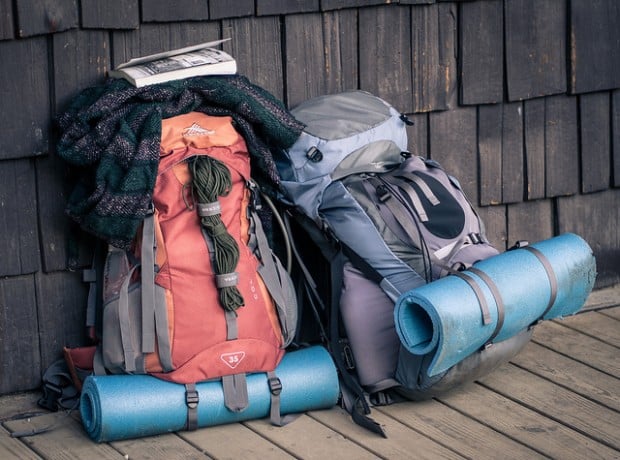
Image credit: Stillwellmike | Flickr
Know that you’re going on an epic hike soon? When you train, carry a pack that is heavier than what you’ll actually be carrying on the actual day or trip. You’ll have more fun then and less likely to get injured on the big day. Fill your pack with lots of water or wood.
3. Shorten your stride
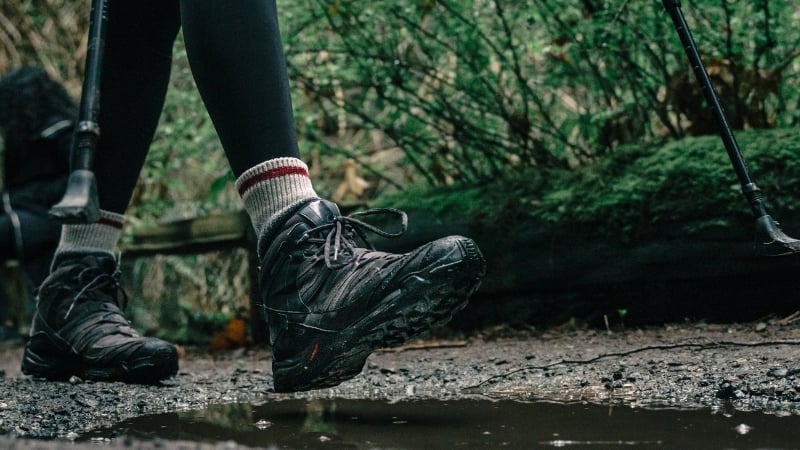
Image credit: PNW Production via Pexels
Shortening your stride will help you will save energy. With longer strides, your heel hits the ground harder and digs in, which is like driving with the brakes on.
4. Take breaks, and take your shoes off!

Image credit: Vitalii Karas via Getty Images
During breaks from hiking, take your shoes off and let your socks dry. It feels great and also helps to keep you going. Sit down and elevate your feet to circulate blood and refresh your muscles’ oxygen supply. It’s the little things that count.
5. Refuel at set intervals

Image credit: Thedabblist | Flickr
Nature’s energy bars come in little capsules called nuts. Every hour or two while on your hike, take the time to refuel. Carry nuts, sweet/salty snacks, energy bars, and add powdered electrolyte replacement drink mix with your water. Accessible snacks like beef jerky is always a good choice. If you have a bit more to make food with, instant noodles are a great source of calories. Nobody like to hike hungry.
6. Never eat the mushrooms
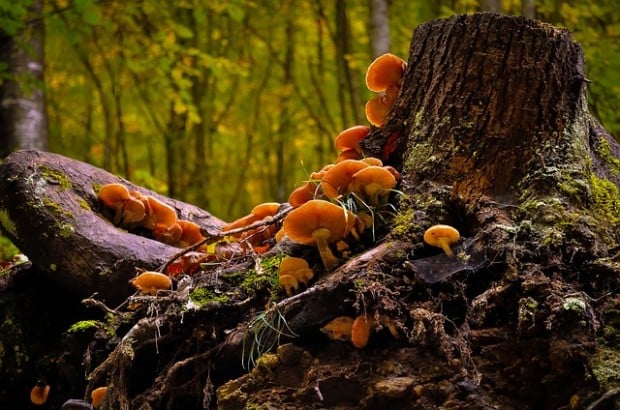
Image credit: Mhy via Pixabay
Lots of mushrooms are tasty and edible, but there are tons of poisonous ones that will absolutely kill you – and they look nearly identical to the good ones. Even mushroom foraging experts have to consult their guidebooks and even then, could misidentify their species. Don’t risk it. Mushrooms do not give that much calories anyway. IF you insist, bring along a guidebook and only eat those that do not have poisonous lookalikes.
7. Wear trail running shoes or low cut hiking boots
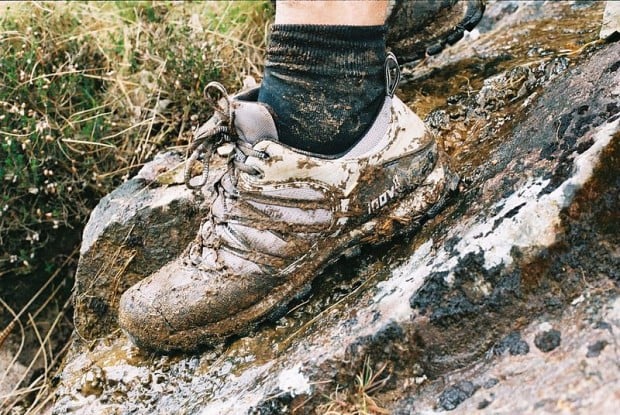
Image credit: Jada Bloom via Wikimedia Commons
Low cut hiking boots and trail running shoes have both cushion and flex. Choose the lightest and most breathable shoes conditions allow. Brands like Keen and Merrell are a good bet. However, the best way to really know if a shoe is for you is to go out and hike in them. Buy your shoes from a shop that has a flexible return policy if you are unsure. If your boots are a bad fit for you, it will take away all the fun of hiking in the outdoors.
8. Find your all-day pace and adjust your schedule accordingly
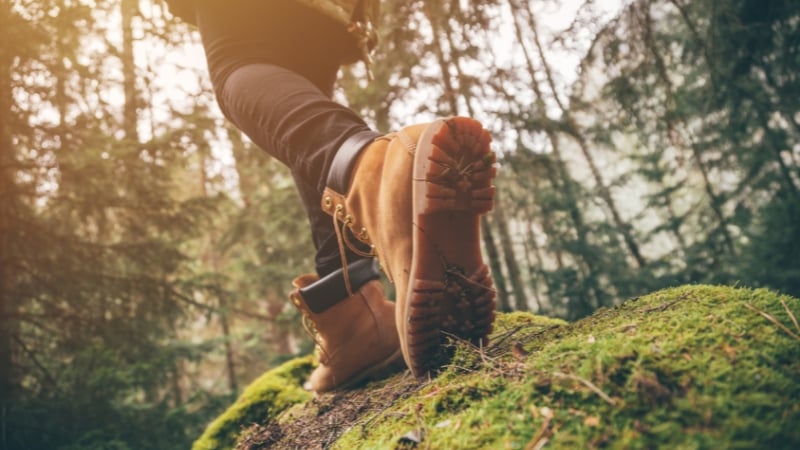
Image credit: Sankai via Getty Images Signature
When training for a big hike, time yourself. If you know you are going to take longer, just start earlier to allow more hiking time. If you don’t want to do that, bring a headlamp along just in case you end up hiking in the dark. Either way, knowing your pace and your limits is a good way to gauge how you should adjust your hike to fit it, or vice versa.
9. Trekking poles
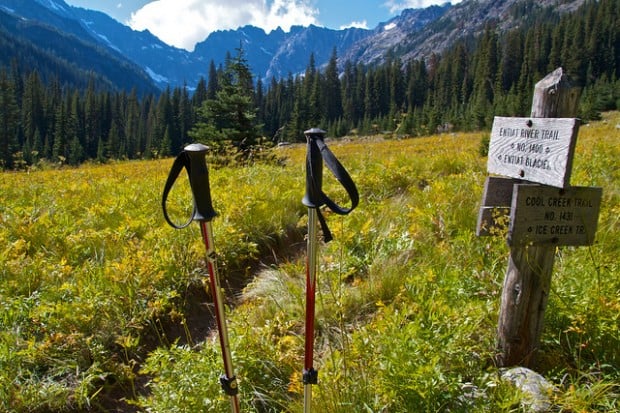
Image credit: Jerome Gagner | Flickr
Trekking poles are super useful even though they don’t look like much. In the long run, they reduce impact on legs. They basically act like additional limbs to help propel each step forward, which takes away a lot of energy needed.
10. Master Basic Navigation Skills
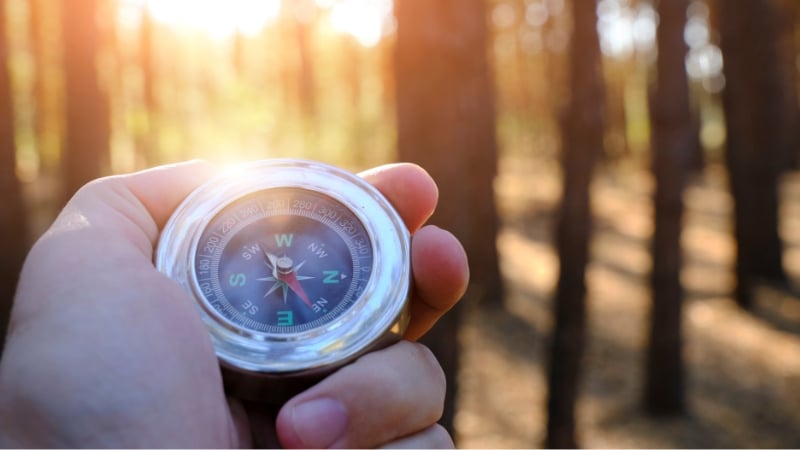
Image credit: Dmitriy83 via Getty Images
While technology can be a great aid, having basic navigation skills is invaluable. Learn how to use a map and compass before heading out, and familiarise yourself with the trail beforehand. Understanding natural landmarks and being able to orient yourself without relying solely on electronic devices can be a lifesaver in unexpected situations.
11. Prepare for Weather Changes
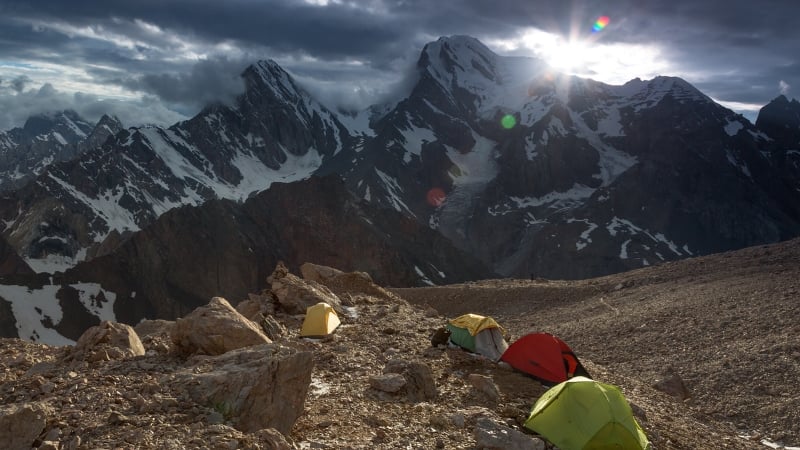
Image credit: AlexBrylov via Getty Images
Weather in the great outdoors can be unpredictable. Always check the weather forecast before your hike and be prepared for sudden changes. Pack layers that can be added or removed to regulate your body temperature, and include waterproof and windproof clothing to protect against rain or strong winds. Being prepared for varying weather conditions ensures a more comfortable and safe hiking experience.
12. Always, always respect nature
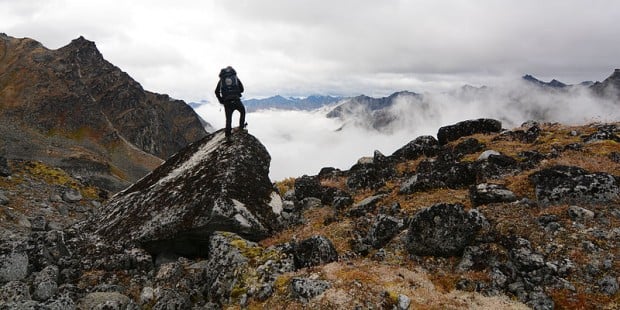
Image credit: Paxson Woelberg via Wikimedia Commons
Understand how small you are in this universe and how powerless you are in true merciless nature. Do not romanticise it. If hiking backcountry, always get a permit so people know that you are out there. Never leave your trash behind. Stick to the trails so as not to erode the rest of the landscape around you. Respect the animals. Respect the trees. Respect the Earth.
Also read: Top 11 Extraordinary Long Distance Hikes in Europe
Hiking is a timeless way to connect with nature, challenge yourself, and experience the beauty of our planet. Whether you’re navigating rugged terrains, exploring hidden paths, or simply enjoying a peaceful walk through the woods, these hiking tips will help ensure that your adventures are both memorable and safe. So, lace up your boots, pack your essentials, and set out to explore the magnificent trails that our beautiful Earth has to offer!




